Freedom of belief is only true freedom of belief when it’s fashionable. It’s the take-off point for every double-standard that exists in the public sphere, now increasingly apparent with Muslim women’s right to exercise their personal ideologies – and, jarringly enough, their modesty.
Headscarves have become an inflammatory topic in most political circles, and what was once a benign form of self-expression has become the scapegoat for most far right- and refracted left-wing tin-foil hatters.
It’s not a startling development, either. Europe’s waspish approach to the headscarf, and even more aggressive approach to the burqa and its variants, is nothing new. Women wearing headscarves are systematically discriminated against and often fear for their safety in most non-Muslim majority countries; some are encouraged to remove it entirely, or have it forcibly torn off them.
This one-sided conversation has been going on for the better part of the century, with a 2021 announcement from the European Court of Justice (ECJ) prohibiting citizens from wearing religious symbols in public – the poster-child of which, naturally, was the Muslim headscarf.
The 2021 announcement was yet another chapter of the court’s initial 2017 ruling, which banned the headscarf within workplaces. No, the debate on headscarves’ right to exist certainly isn’t unheard of.
What is, however, is the ever-vogue and ever-questionable addition of Islamic motifs to European runways.
Paris Fashion Week – France’s largest and most renowned global platform – made recent headlines with its reclaiming of “head-coverings” as part of their show. Head-coverings being a watered down description which teeters far enough from religious to be considered editorial, but not far enough to be unrecognizable for the Muslim community.
While headscarves aren’t new to runways – in fact they’ve been a fixture of the fashion world and the French-girl caricature for what seems like too long – this particular instance is a hard-to-swallow pill. France’s recent enmity and adamant admonishing of Islamic symbols is unfortunate at best, institutionally racist at worst.
%2Farc-anglerfish-tgam-prod-tgam.s3.amazonaws.com%2Fpublic%2FE65KOEL2ZJDNXG3SEXRNHAPOXY&f=1&nofb=1)

In one breath, France is working to put down the headscarf, and in another, it commodifies it. In some cases, this toes a fine line between what is progressive, and what is done for quick cash-grabs. A giant, such as Nike, releasing a pro-hijab, pull on head covering “chang[ed] running” for may Muslim women – for the better.
This however, sits in a grander, more vicious atmosphere where the sporty burkini can be plastered along magazine covers for clout, but denied entry on French beaches.
Cultural appropriation is nothing if not rife in designer milieus. Milan’s Fashion Week also saw models knotting silk scarves in the same classic fashion as Arab elders, and Louis Vuitton felt emboldened enough to make-pretty the keffiyeh, a long time symbol of Palestinian resistance.
It sets a precedent and blurs the line between representation and exploitation, culture and commodity; headscarves, it seems, are only valid when they’re shoe-horned into the Western, largely patriarchal definition of freedom.
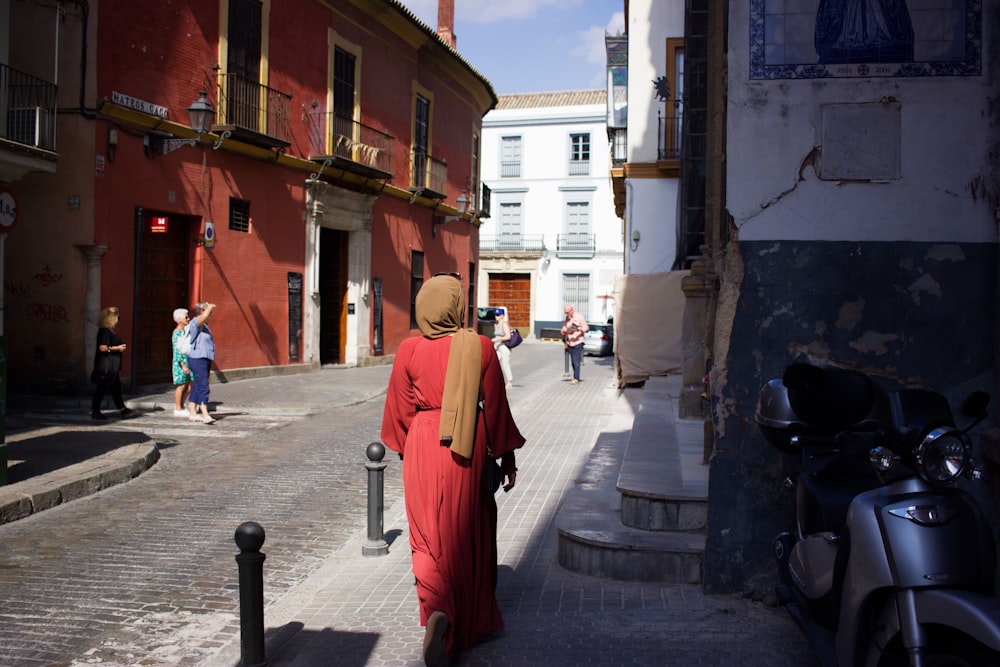
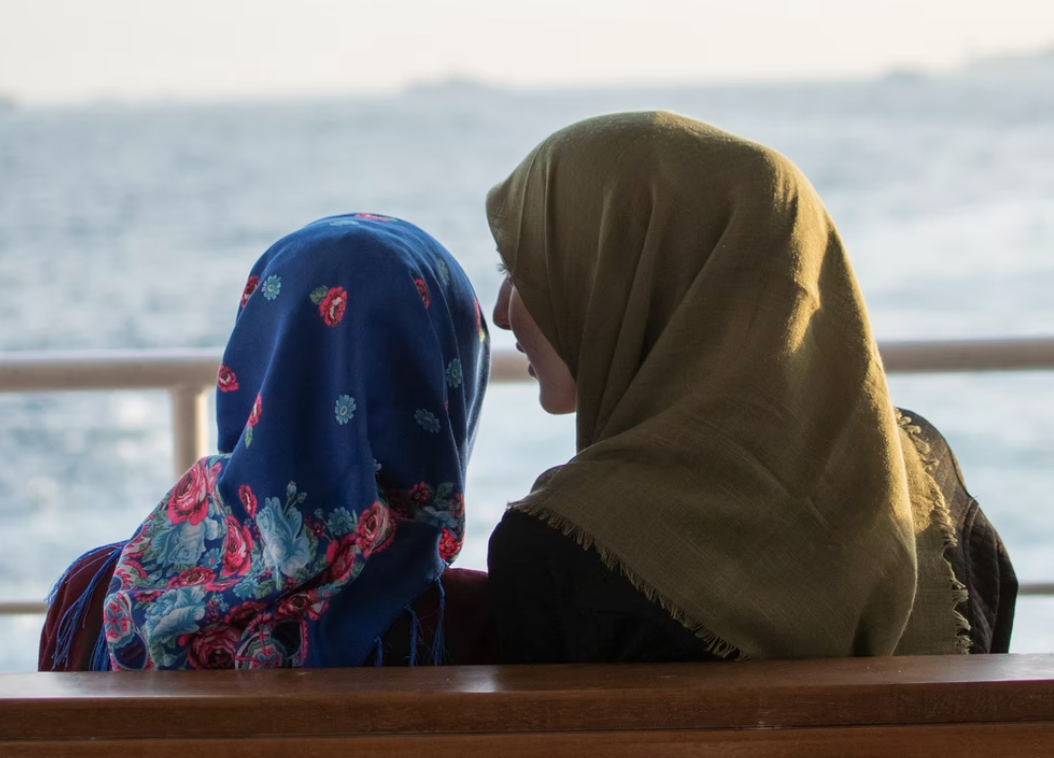
Western Europe’s Religious Trauma
Secularism became the sexy buzzword in Western Europe as early as the 20th century, as religion was phased out of the public sector due to its supposedly archaic and logic-sparse nature. Given its tumultuous history, Europe forgoing religious dogma in favor of a seemingly unprejudiced civil code is not all that surprising. The shift was meant to not only remedy socio-religious divides, but render them unnecessary: people were free to believe in whatever way they chose to, insofar that no harm came to others as result.
Unfortunately, it doesn’t quite pan out that way – at least not for Muslim women.
Unlike casual gestures of religiosity like pendant crosses and Sikh turbans, the Muslim headscarf is a demonized exception to Europe’s outward neutrality. Turkey has been particularly outspoken, as a state caught between the teeth of Asia and Europe; cabinet ministers critiqued the ECJ’s recent ruling as a formal sentiment that “grants legitimacy to racism” by dealing the ultimate “blow to the rights of Muslim women.”
Ibrahim Kalin, spokesperson of Recep Tayyip Erdoğan, the Turkish president, insisted that this decision was a shameful back-patting of Islamophobia.
“Does the concept of religious freedom now exclude Muslims?” he asked.
It’s a hard point to contest. Headscarves have been the divisive obstacle to Muslim integration into Europe – even if the Muslims in question are, in fact, European themselves. While most of the hot-air rises from right-wing leaning officials, the European left has crutched on a similarly dangerous solution: tokenism.
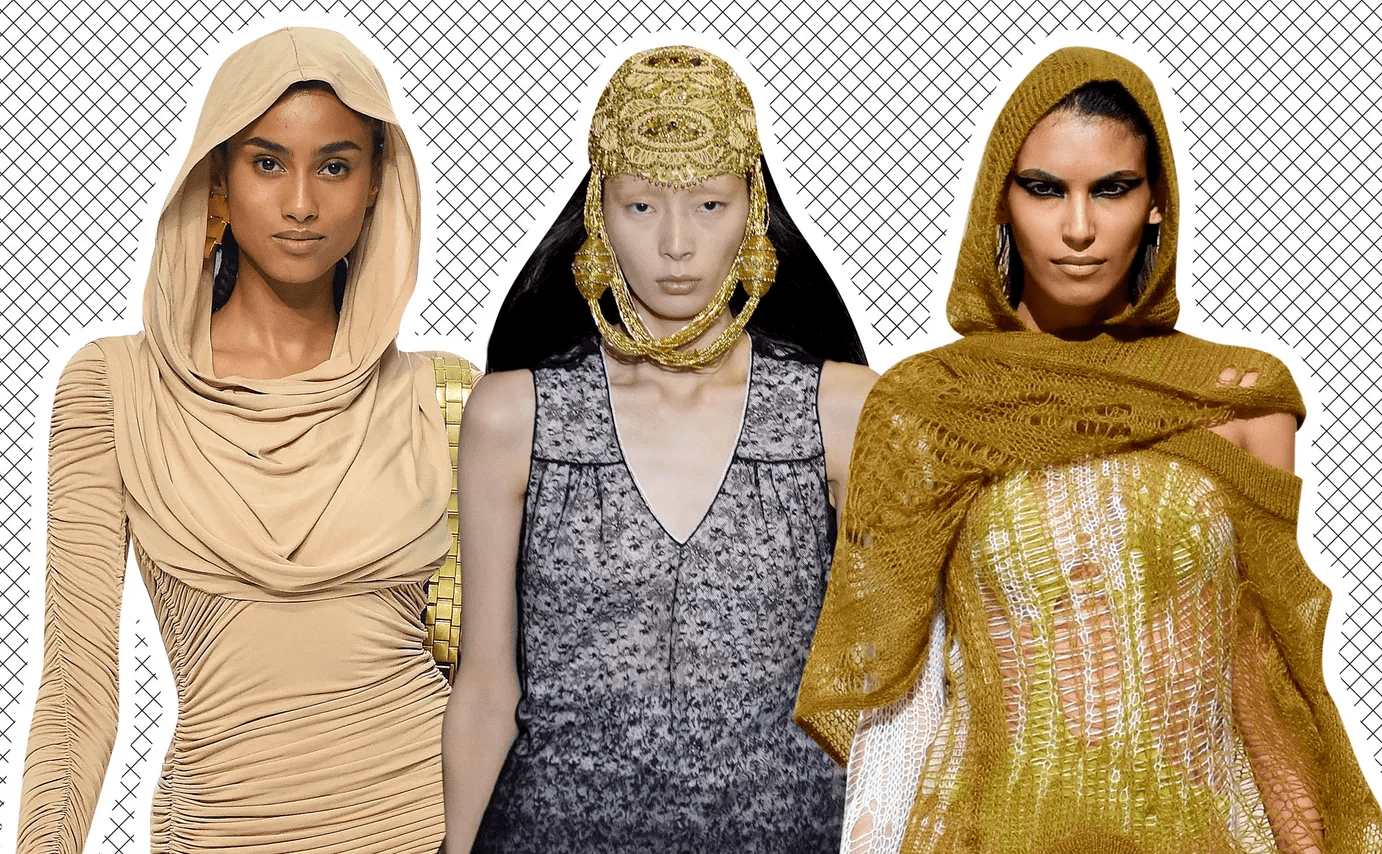

Tokenism and Eye-dropper Diversity
“When you are no longer convenient to the narrative being told, you go back to being discarded and invisible,” commented MSN reporter Noor Tagoiri – that is the consequence of tokenism, or the superficial inclusion of a culture. It is a face value change in an industry, where companies will hire a “token” minority employee and use their presence to give credence to their supposed diversity.
Fashion adopts the more digestible symbols, and oftentimes pushes Muslim models to the brink in the process. Model Halima Aden is a case study of the fact; to hear that the first ever hijabi on the cover of a Sports Illustrated swimsuit issue has quit the runway and cites “pressure to ‘compromise’ religious beliefs” as the leading factor is more than a little discouraging.
It is troubling.
Aden goes on to express how she refuses to comply with the “toxic mess called fashion” that had forced her to skip prayers, wear clothes she voiced discomfort in, and styled her headscarf in a way which fell out of line with her personal values.
“They could call me tomorrow, and not even for $10 million would I ever risk compromising my hijab again,” she wrote in a series of Instagram stories. Given Aden’s track-record of being the most successful veiled model (e.g. first hijab-wearing woman to appear on the cover of British Vogue and was part of Vogue Arabia’s first group hijabi cover), her tap out is a testament to the poor treatment of Muslim women in the industry.
Tagoiri summarized what Aden and many others struggle with in a single, irrepressible statement – worth reiterating as is:
“The fashion industry can’t have it both ways,” she writes. “Muslim folks are sprinkled in some of your front rows at shows, finally on some of your runways, deep in your pockets, and all over your mood boards, yet still kept at bay and expected to play along and be grateful for the opportunity to check off your box.
If fashion is going to now claim to be a vehicle of change and impact, fight for the people who are on your mood boards. Tokenization isn’t the answer and unfortunately, it’s still the most common entry point.”
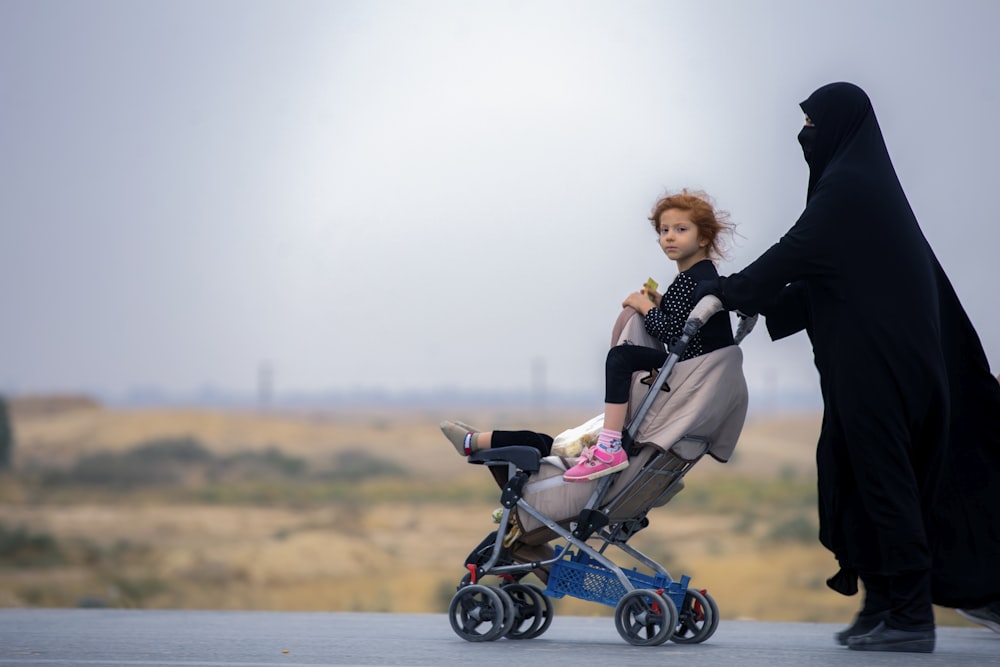
A Step in the Wrong Direction
Kim Kardashian’s re-entered popular discourse with her Met Gala look: an exaggerated reconstruction of the burka. It earned her both acclaim and mocking, depending on who was asked. Europe has taken three steps back with legislation and a single, meek and hypocritical step forward with its Islam-inclusive fashion.
It is not inherently bad to mix play, prayer, and politics: headscarves in fashion would not be contested if the women on the streets were eligible to wear them with the same stride and confidence the runway affords its models.
Perhaps it is time to re-examine the fault lines of privilege, neutrality, and how some fall unseen into the crevices between.
Any opinions and view-points expressed in this article are exclusively those of the author. They do not reflect the views of the Egyptian Streets’ editorial team. To submit an opinion article, please email [email protected].





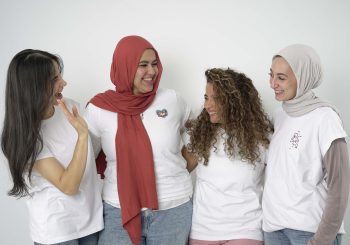

Comments (5)
[…] Off The Streets, On The Runway: Europe’s Double-Standard For Muslim Headscarves […]
[…] Streets. Mona’s focus is tapered to issues of identity politics, culture, and social architecture.[…] (EN) Egypt Prosecutor Says Killed ‘Gang Members’ and Giulio…© 2019 Egyptian Streets. All Rights […]